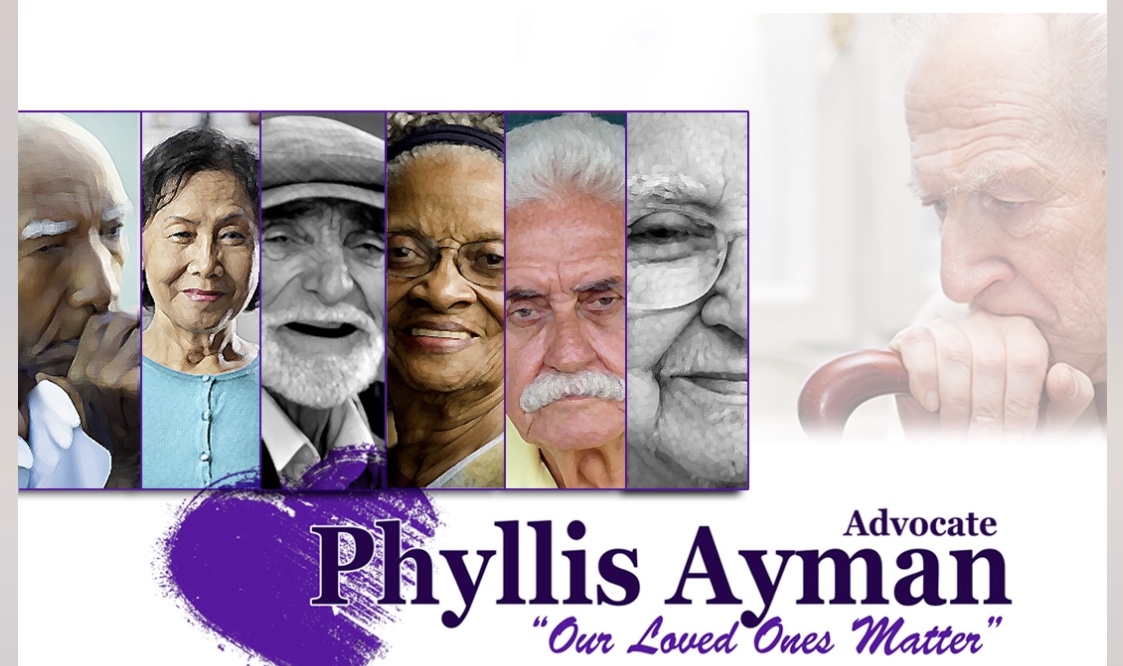The Eldercare Advocate: Age Discrimination In The Workplace
The Eldercare Advocate Age Discrimination In the Workplace The Age Discrimination in Employment...
Read Moreby VoiceAmerica | Feb 26, 2020 | Empowerment | 0 |
The Eldercare Advocate Age Discrimination In the Workplace The Age Discrimination in Employment...
Read Moreby VoiceAmerica | Oct 13, 2019 | Empowerment | 0 |
Longevity is an accomplishment. Continuing to live a fulfilling, active lifestyle as we age is...
Read Moreby VoiceAmerica | Sep 11, 2019 | Empowerment | 0 |
The Eldercare Advocate Are we living longer as a society? According to Paul Irving, Chairman of...
Read More



